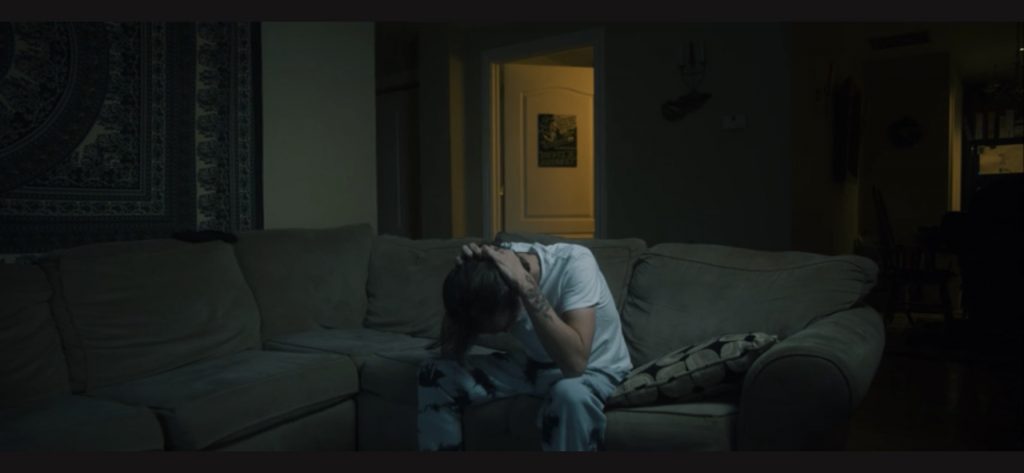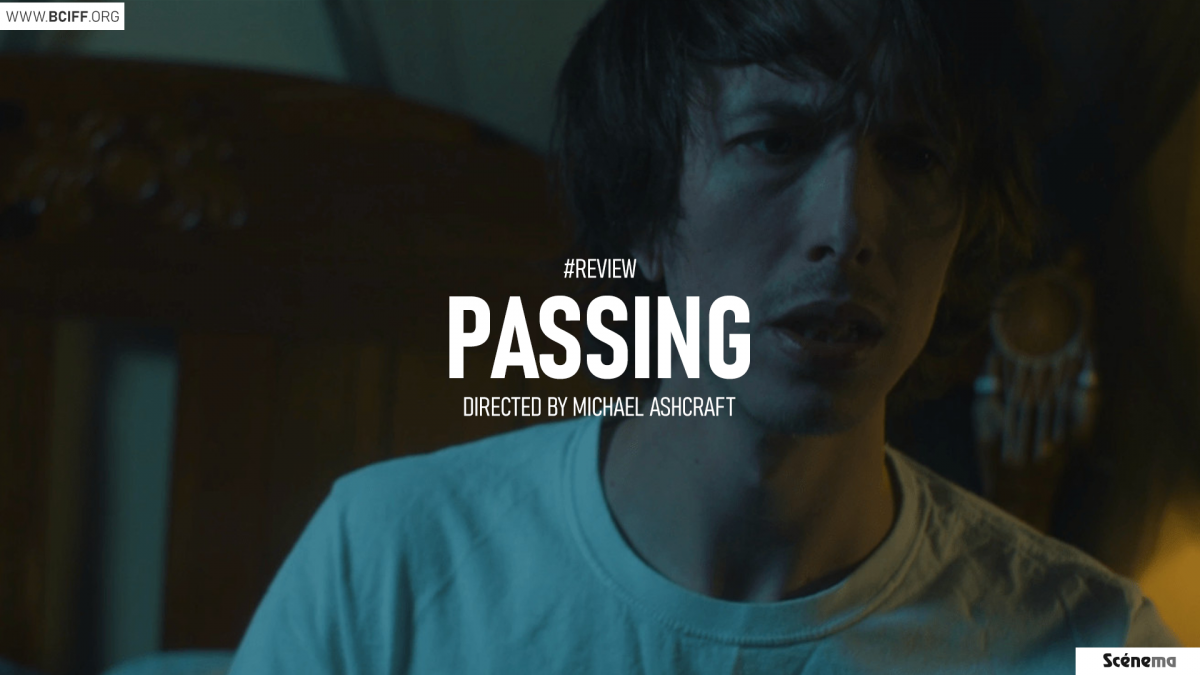Movie: Passing
Director: Michael Ashcraft
Hell hath no limits, nor is circumscribed
In one self place, for where we are is hell,
And where hell is must we ever be.” – Doctor Faustus, Christopher Marlowe
Human mind is a complex place. We often neglect to focus on what we truly want, and how we would react once our desired object comes to us. We are irrational, rash and we always want to find a cure for everything. But we do not consider the outcome of our dark wishes, or how strangling the feeling can be.
 Michael Ashcraft’s debut movie is a poignant exploration of death and depression among men. The protagonist Lucas makes a deal with death, and as the time goes on, he comes across the harrowing consequences he has to pay. Making a deal with death is not something new in films, rather the theme is something that is widely celebrated. Michael Ashcraft’s brilliance lies in presenting the old theme from a different perspective. Lucas is not ambitious, his deal with death is not out of his desire to achieve something greater, rather Lucas has been haunted by the evils of life. Ashcraft craftily shows depression can slowly chew out one’s life force and push them to a point from where they might never find the courage to return back to normal life.
Michael Ashcraft’s debut movie is a poignant exploration of death and depression among men. The protagonist Lucas makes a deal with death, and as the time goes on, he comes across the harrowing consequences he has to pay. Making a deal with death is not something new in films, rather the theme is something that is widely celebrated. Michael Ashcraft’s brilliance lies in presenting the old theme from a different perspective. Lucas is not ambitious, his deal with death is not out of his desire to achieve something greater, rather Lucas has been haunted by the evils of life. Ashcraft craftily shows depression can slowly chew out one’s life force and push them to a point from where they might never find the courage to return back to normal life.
The movie begins with a sneak peak into Lucas’s life. He is shown to receive multiple voice-mails that repeatedly drag his confidence down. Eventually he succumbs to despair and wishes for a life altering event. Then the movie takes its course. Ashcraft’s protagonist suffers miserably, and through him the filmmaker shows what depression and drug abuse look like. His treatment of Lucas also focuses on the reasons behind such drastic behavior.
Mental health care is of utmost importance in today’s society. But unfortunately, many people ignore the plea of the victims and refuse to see the pain one has been going through. Lucas receiving continuous demotivating voice mails shows how society treats an individual. Through Lucas Ashcraft hints how an addict begins his craving as a means to escape the mean reality. The movie successfully unfolds the layers of the chaotic human psyche and shows how suffocating it is to be trapped inside one’s mind.

Michael Ashcraft is a photographer by profession. His expertise as a professional photographer is evident in the treatment of the camera. The camera captures all the crucial, essential elements of the film, making Lucas’s life vivid and haunting. The scene where he tries to kill himself evokes a choking sense as the camera captures the visual and the sound effect complements it. It was hard to believe that Ashcraft is just a debutante, he is simply brilliant!
Jordan Edmondson’s portrayal of Lucas was genuine and earnest. Jordan could express the troubles and issues Lucas has been going through with his mannerisms, be it Lucas’s vulnerabilities, insecurities or his struggle for life. The rope scene was tough to portray and picturise but both Ashcraft and Jordan did well on their part. The scene succeeds to evoke a claustrophobic atmosphere, making the viewer realize the deep anguish of life and how cruelly we are chained to it.
It is our loss that the movie lasted for only a few minutes, had Ashcraft gotten a little more time, he would have been able to show the dilemmas Lucas faces in a detailed manner. Ashcraft’s representation of mental health and substance abuse promises us a better, sensible and sensitive picturization of such issues and that’s very assuring. Ashcraft has the potential to create something promising, and we can hope that he continues to make such brilliant films.













